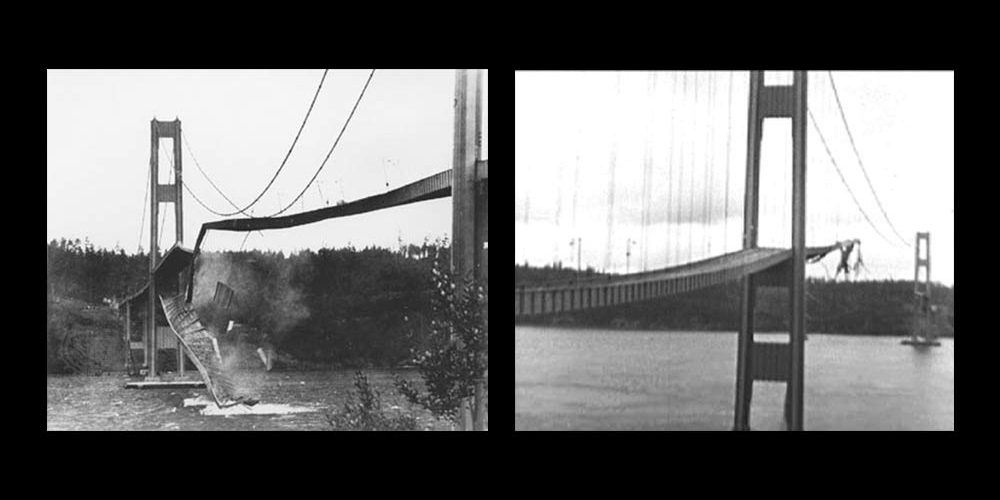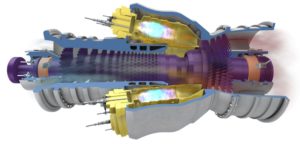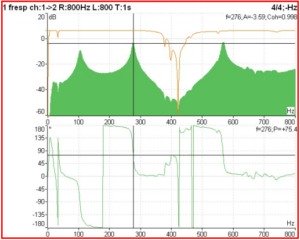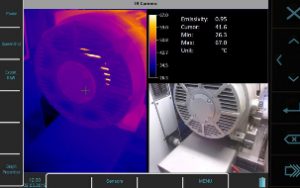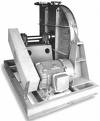tacoma bridge
✨ Em 30 seconds :
The collapse of the Tacoma Narrows Bridge in 1940
The collapse of the Tacoma Narrows Bridge occurred in 7 November 1940, when the bridge, that connected the cities of Tacoma and Gig Harbor, not washington state, collapsed due to strong swells caused by the wind.
The Tacoma Narrows Bridge was an extremely long and thin structure., with a width of only 37 meters and a length of more than 3 km. It was designed to be one of the longest bridges in the world., but eventually became known as “Galloping Gertie” (Gertie galloping), due to the movements it presented under the action of the wind.
On the day of collapse, the wind was blowing with a speed of about 80 km/h and the undulations of the bridge reached amplitudes of up to 20 meters. This caused the steel cables that supported the bridge to break., causing the structure to collapse.
Although there were no fatalities in the accident, The collapse of the Tacoma Narrows Bridge was a serious wake-up call for bridge designers around the world., who began to redouble their attention with regard to climatic conditions and the stability of structures. The bridge was rebuilt in 1950, with a wider structure and resistant to strong winds.
The Influence of Wind on Tacoma Bridge Oscillations
The influence of wind and resonance on the Tacoma Narrows Bridge oscillations was instrumental in the collapse of the bridge in 1940. The wind was responsible for generating a dynamic force on the bridge., while the resonance amplified the oscillations of the structure.
Wind was a major factor in the swaying of the Tacoma Narrows Bridge, because the structure had an aerodynamic shape that made it prone to the effect of “swing”. When the wind blew hard, generated a dynamic force that caused the bridge to begin to sway. These oscillations were amplified by resonance., which caused the bridge to sway more and more.
The resonance effect
When a structure is in resonance, means that the frequency of its oscillations is equal to the frequency of an external force, like the wind. This makes the structure more sensitive to external forces and amplifies its oscillations.. No case of the Tacoma Narrows bridge, the frequency of the oscillations generated by the wind was equal to the resonant frequency of the bridge, which caused the oscillations to be amplified even more.
In short, the influence of wind and resonance on the oscillations of the Tacoma Narrows Bridge was instrumental in the collapse of the structure in 1940. The wind generated a dynamic force that caused the bridge to begin to sway., while the resonance amplified these oscillations, making the bridge more and more unstable until it collapsed.
The aerodynamic flutter that combined with the resonance of the structure gave rise to the oscillations of the bridge.
Aerodynamic flutter is a self-excited oscillation that occurs when a supporting surface deflects (due to aerodynamic forces) such that the total applied load reduces. The deflection is also reduced, restoring the original aerodynamic loading, restarting the cycle.
Below you can see a video with a numerical simulation of Flutter on the Tacoma Bridge.

